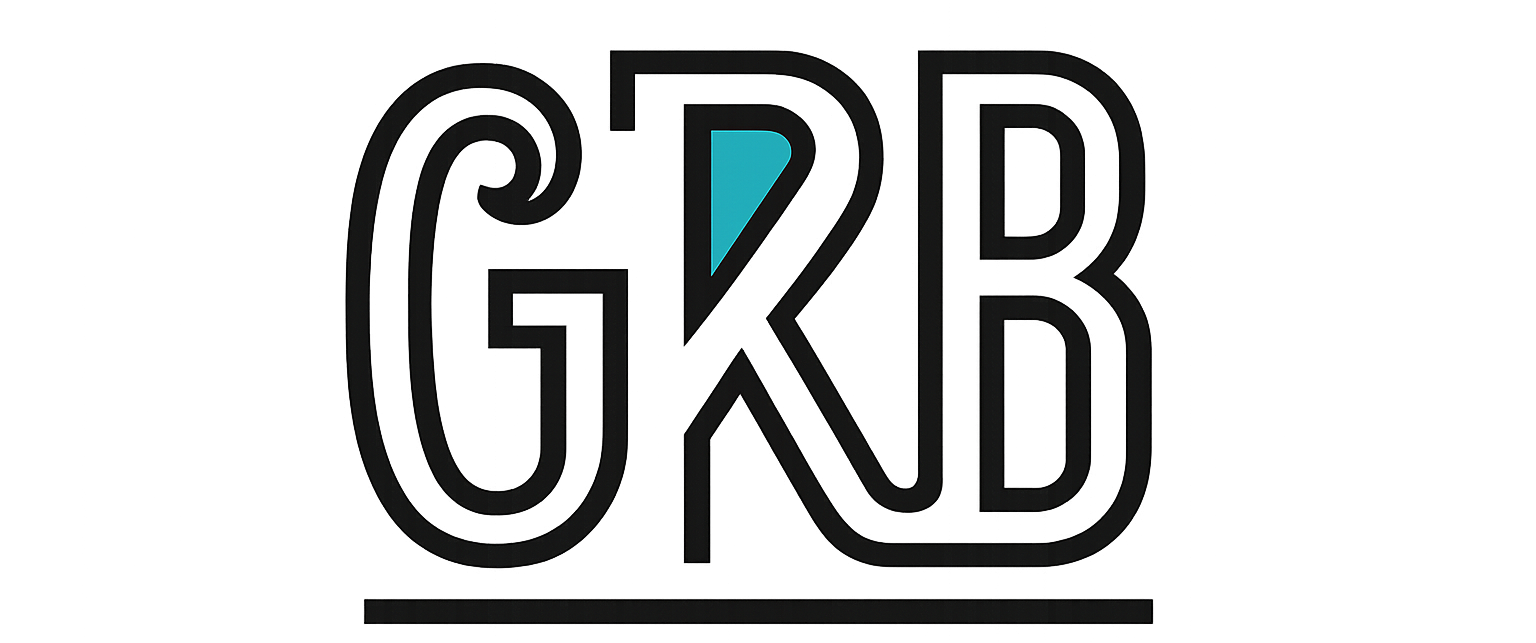Introduction: Beyond the Digital Band-Aid
The initial, reactive phase of remote work is over. We have moved from temporary solutions to a permanent reimagining of the workplace. The hybrid model, a blend of in-office and remote work, is now the strategic standard for many organisations. However, this model introduces complexity. How do you ensure seamless collaboration when half the team is in a conference room and the other half is distributed globally? How do you secure corporate data on unmanaged networks and personal devices? How do you maintain a cohesive company culture and prevent employee burnout?
Microsoft 365 is not merely a collection of productivity applications; it is an integrated platform designed to provide a cohesive answer to these questions. It offers a technological foundation for building a modern workplace that is flexible, secure, and people-centric. Let’s deconstruct the core components that make this possible.
- The Unified Collaboration Fabric
The core challenge of hybrid work is overcoming distance and disparity in access. The M365 collaboration fabric is built on a “cloud-first” principle, ensuring a single source of truth accessible from anywhere.
- Foundation: SharePoint Online and OneDrive At the base layer, SharePoint Online acts as the intelligent content service. It’s more than a file repository; it powers content management, intranets (Viva Connections), and team sites. Every Microsoft Teams channel’s file tab is, in fact, a SharePoint document library. This integration provides robust versioning, co-authoring capabilities, and granular permissions. OneDrive extends this by providing a personal, synchronised storage library for individual work, which can then be seamlessly shared into the collaborative SharePoint space.
- The Hub: Microsoft Teams Teams is the user-facing hub which is a digital equivalent of an office building. Its power lies in its aggregation of services:
-
- Persistent Chat & Channels: This enables asynchronous communication, reducing email reliance and creating searchable, topic-based histories of conversation. This is critical for teams working across different time zones.
- Real-time Meetings: Features like Together Mode, live transcription, and intelligent cameras (which individually frame in-room participants) are specifically designed to bridge the gap between physical and virtual attendees, fostering meeting equity.
- App Integration: Teams serves as a single pane of glass. By integrating apps like Planner, Power BI, and third-party services, it minimises context switching and keeps workflows contained within the collaboration hub.
- Fluid Collaboration: Microsoft Loop Microsoft Loop represents the next evolution of collaboration. Loop components are live, portable blocks of content (like a table, task list, or paragraph) that can be shared and edited in real-time across different applications like Teams chats, Outlook emails, and Whiteboard. This “atomic” approach to content allows for fluid, in-context collaboration without needing to jump between different files.
- A Zero-Trust Security & Governance Model
In a hybrid model, the traditional network perimeter is obsolete. Security must be based on a zero-trust architecture, which assumes breach and verifies each request as though it originates from an open network.
- Identity as the Perimeter: Microsoft Entra ID (formerly Azure AD) Entra ID is the cornerstone of the M365 security model. It controls access to all resources.
- Conditional Access: This is the core engine of zero-trust. Policies can be configured to grant or deny access based on a rich set of signals, including user identity, location (IP address), device health (Intune compliance), and real-time risk analysis. For example, a user attempting to access sensitive data from an unmanaged device on an unfamiliar network could be prompted for Multi-Factor Authentication (MFA) or blocked entirely.
- Multi-Factor Authentication (MFA): A non-negotiable baseline for any hybrid setup, MFA drastically reduces the risk of compromise from stolen credentials.
- Data Protection: Microsoft Purview Purview is the unified data governance and compliance solution. It helps protect data wherever it lives.
-
- Sensitivity Labels: These labels are applied (manually or automatically) to documents and emails. The label is persistent, encrypted, and travels with the data. A “Highly Confidential” label can prevent a document from being printed, forwarded, or even accessed by users outside the organisation, regardless of where the file is stored.
- Data Loss Prevention (DLP): DLP policies identify and prevent the accidental or malicious sharing of sensitive information, such as credit card numbers or health records, across services like Exchange Online, SharePoint, and Teams.
- Endpoint Management: Microsoft Intune With employees using a mix of corporate and personal devices (BYOD), managing these endpoints is critical. Intune, a cloud-based mobile device management (MDM) and mobile application management (MAM) service, allows administrators to enforce security policies, deploy applications, and remotely wipe corporate data from devices without affecting personal data.
- Fostering Employee Experience and Well-being
Productivity is intrinsically linked to employee well-being and engagement. The Microsoft Viva suite is an Employee Experience Platform (EXP) integrated directly into Microsoft Teams to address this.
- Viva Connections: Serves as a customisable company dashboard inside Teams, providing a gateway to internal news, company resources, and organisational culture. It’s the “digital town square.”
- Viva Insights: Provides data-driven, privacy-protected insights for individuals, managers, and leaders. For individuals, it can recommend scheduling “focus time” or taking breaks. For managers, it provides anonymised data on team trends like after-hours work or meeting overload, helping to identify and prevent burnout.
- Viva Learning: Aggregates learning content from various sources (like LinkedIn Learning, Microsoft Learn, and your own organisation’s content) into a central hub within Teams, promoting a culture of continuous skill development.
- Viva Goals: A goal-setting and Objectives and Key Results (OKR) management tool that helps align teams and individuals with the strategic priorities of the organisation, providing clarity and purpose in a distributed environment.
Conclusion: An Integrated Ecosystem for a New Era
Successfully empowering a hybrid workforce is not about deploying individual tools, but about building an integrated ecosystem. Microsoft 365 provides this by weaving collaboration, security, and employee experience into a single, cohesive platform. By leveraging the foundational power of SharePoint, the central hub of Teams, the robust security of the Entra ID and Purview stack, and the people-centric focus of Viva, organisations can architect a modern workplace that is not only productive and secure but also resilient and truly human-centric. The future of work is hybrid, and the right technological foundation is the key to unlocking its full potential.

